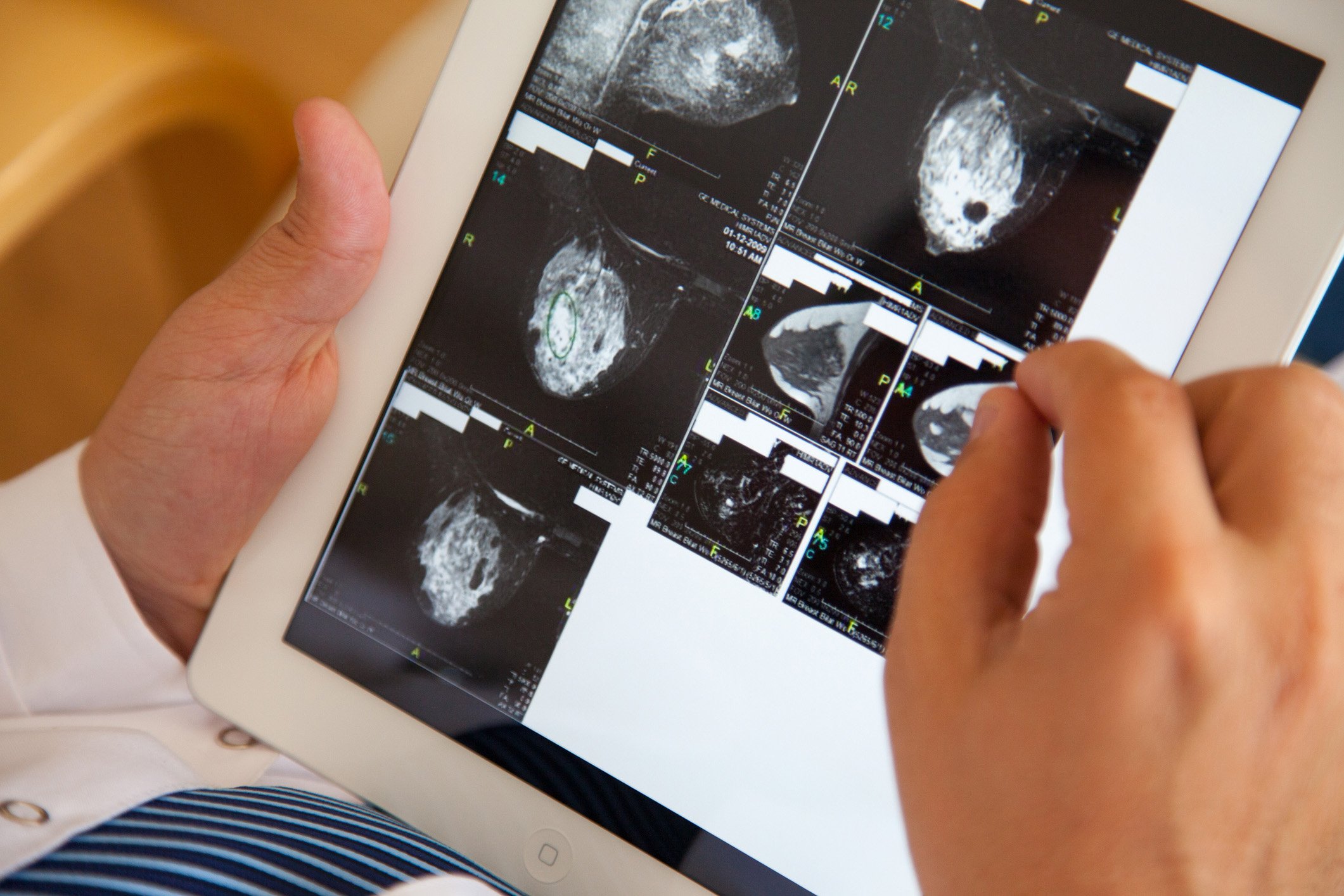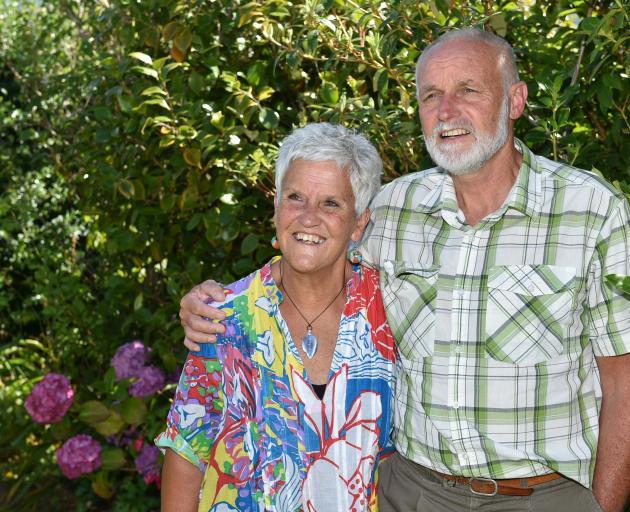
Those taking part in screening programmes need to be better informed about their limits, says a woman whose breast cancer was missed on two routine screening mammograms.
Information provided to women says the breast screening programme is able to find between eight and nine out of 10 cancers.
Natalie Yeoman says that sounds good, but when presented as an 18% to 20% failure rate, it had a different impact.
"It definitely makes me sit up and take more notice. Would it make other women more alert too?"

She was surprised and "deeply troubled" that the deputy health and disability commissioner Meenal Duggal found the failure of Southern District Health Board radiologists to pick up the cancer in two routine breast screens did not fall below an appropriate standard of care.
The consultant radiologist providing advice to Ms Duggal said lobular cancers like Yeoman's were over-represented in missed breast cancers and notoriously difficult to identify due to the way they could spread through the breast without disturbing surrounding tissue. Because of this, 30% were not seen at all on mammography and 35% could only be seen on one of two views.
The way Yeoman's cancer had manifested, as a developing density, was a recognised but atypical sign of breast cancer.
He said with an "accepted" false negative rate of up to 20%, it was "difficult to determine what the standard of care or accepted practice was".
It could be defined as what an average radiologist would have recorded under similar circumstances. In his view the case fell within the bounds of misses seen occasionally where he worked and, from available statistics, at the other BreastScreen units around the country.
Although the consultant radiologist said he would have recalled her after the 2012 scan, he pointed out the risks of hindsight bias. He said to fairly review the case someone would need to look at the 2012 scan after it had been added to 99 other randomly selected mammograms and ask a BreastScreen radiologist to read all in a two-hour period (the usual time for this volume) and "only recall five for assessment".

Yeoman was amazed at the speed of the readings. It suggested people were working under great pressure and she questioned whether it was possible to give the level of scrutiny required in these circumstances to minimise mistakes.
Asked whether this speed increased the risk of misreading and not adequately comparing a new screen with a previous one, the Ministry of Health said the speed was not the most significant factor in reading quality.
The then Ministry director of service commissioning Jill Lane said radiologists read at the speed which was comfortable for them. There was a set way they had to view images and different people completed these tasks in differing times.
There was no specified time for spending on each mammogram, nor on how long they should spend reading at a time. Usual practice was to read for up to two hours.
BreastScreen Aotearoa radiologists were required to read a minimum of 3000 mammograms a year and also read a test set yearly to ensure quality.
Also, all screens were double read and if readers could not agree, a third radiologist would be called in.
Yeoman was also concerned about the radiologist consulted by the HDC's reference to needing to balance the requirement to detect subtle but non-specific findings that might represent early breast cancer against what he called "the less important but ever-present restriction of avoiding a high recall rate".
Ms Lane said there was no "punishment" for recalling too many women, "other than discussion with and working with their clinical director to improve their accuracy of recall".
Clinical directors regularly met radiologists to discuss performance by reviewing cases that went to third read, cases that were missed and issues such as recall rates.
Recall targets for the programme were less than 10% for women having their first mammogram and less than 5% for women having subsequent mammograms.
One of the recognised harms of screening was women having invasive investigations causing anxiety, pain and worry when they do not have breast cancer.
For this reason, recall and assessment rates were monitored and targets were in place.
These were based on international evidence that maximises the number of women who have breast cancer who are recalled and minimises the number of women who do not have cancer being recalled, she said.











